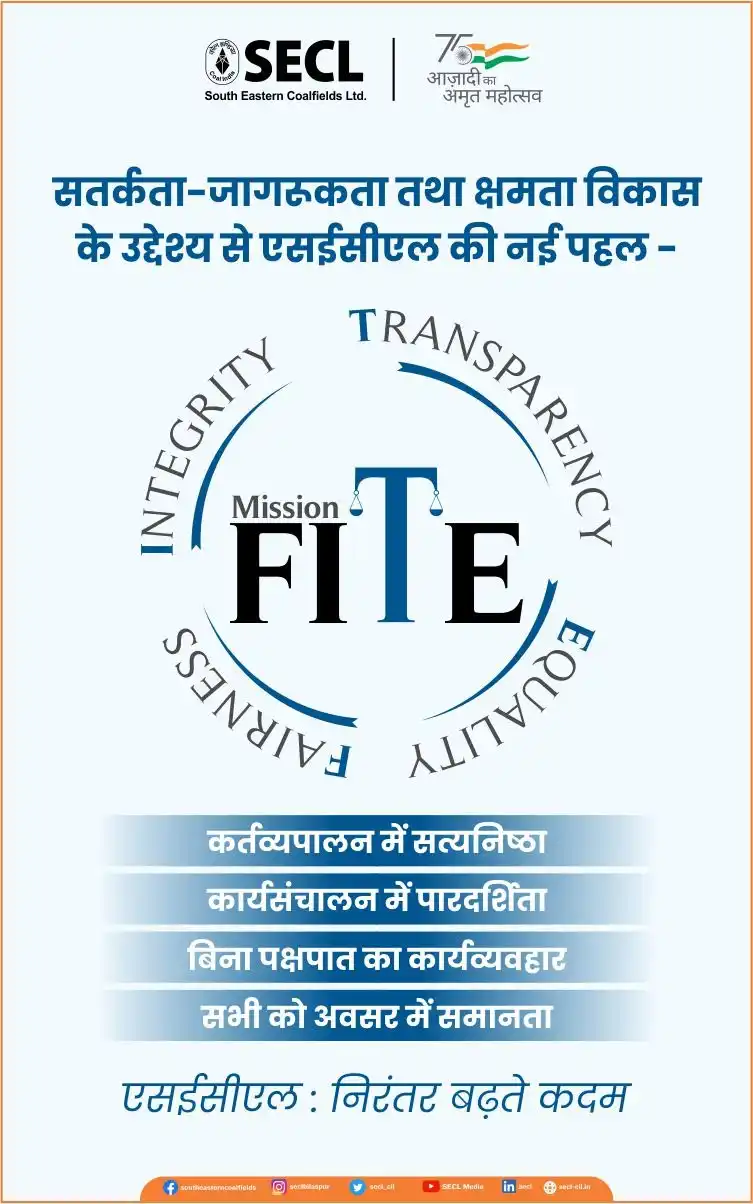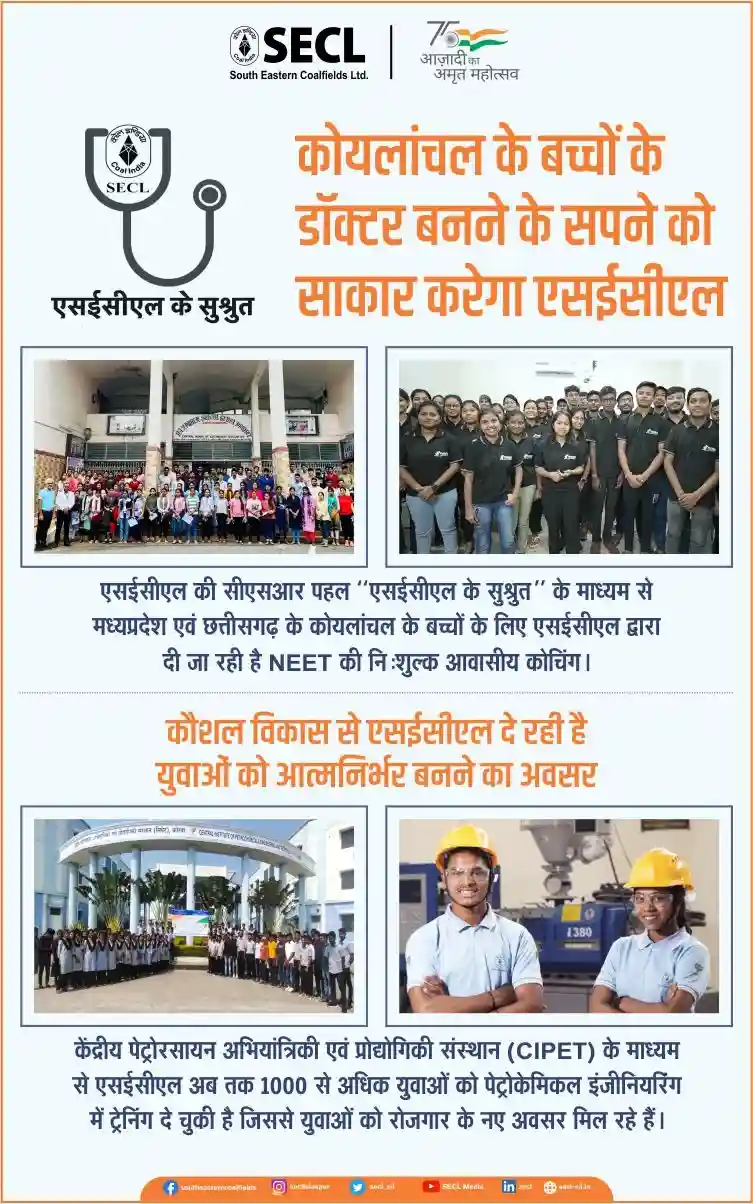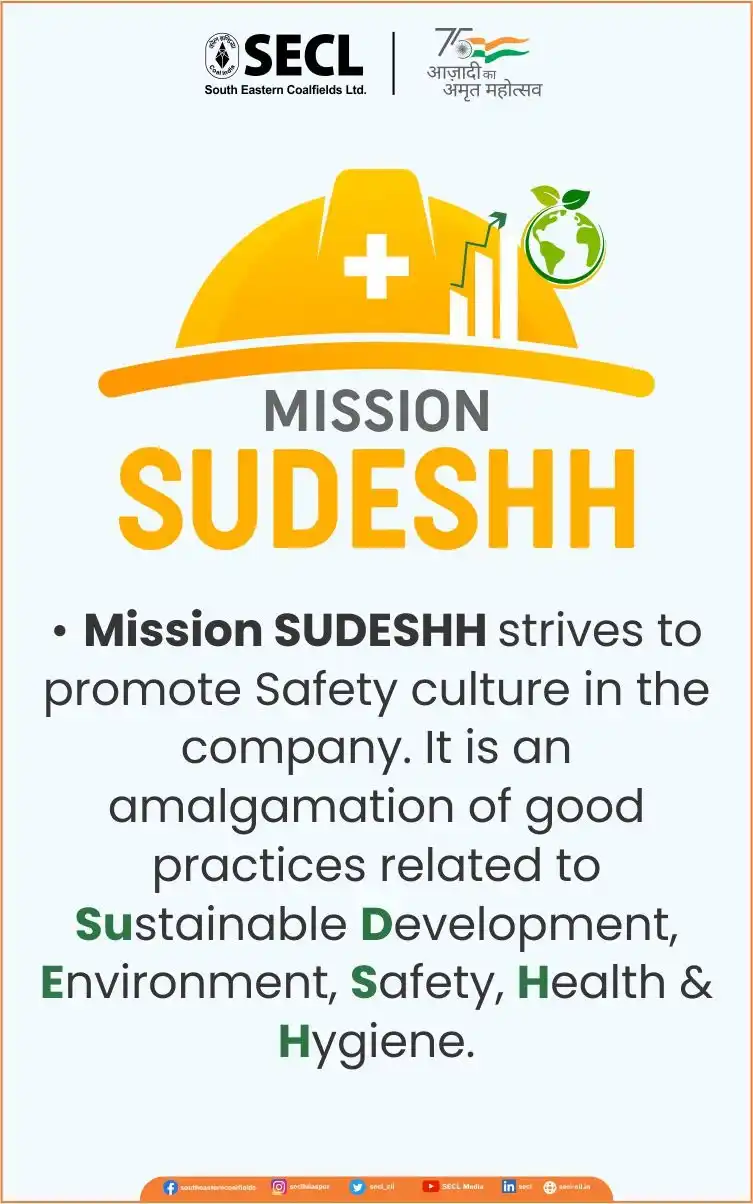Sourav Debnath | Senior Digital Partner, Vedanta Limited
“It is much more rewarding to do more with less.” – Donald Knuth, Computer Scientist, Stanford University
During these unprecedented times, all of us have been pushed to do more with less and smart manufacturing technologies and techniques are helping us achieve that by optimising processes and improving throughputs at Vedanta. These tough times have also created an opportunity for all of us to learn and re-skill ourselves with powerful tools in data science pairing them with advanced controls.
At Vedanta, not only are we working towards a new future with digitalisation, but we are also documenting this journey with passion. Earlier, we wrote a blog on how we are experiencing a transformation in the manufacturing sector on model predictive control, particularly augmented and complemented with digital capabilities such as Artificial Intelligence and Machine Learning (AI/ML). At a fundamental level, AI/ML augment existing model predictive control capabilities by learning process behaviour over time and uses it to re-tune models or create soft sensors (where physical sensors may be cost-prohibitive or not practical structurally) for advanced controls.
As stated in our first blog on Project Pratham, the highest value generation area for us is digital innovation in our core manufacturing processes. One of the big themes in this area is process optimisation at the intersection of advanced controls and machine learning. From our perspective, this means a variety of benefits across our manufacturing processes ranging from optimisation of polymer consumption in Enhanced Oil Recovery (EOR) to optimising throughput and metal recovery in zinc mills and smelters to combustion optimisation in power plants.
Here are a few examples of how manufacturing is becoming smart at Vedanta with advancements in model predictive control:
Oil and Gas – Optimising polymer consumption in EOR:
In a brown oil and gas field with EOR techniques, one of the highest chemical consumption costs is a polymer. In a typical process, the polymer powder is mixed with water at a specific proportion, temperature, and vacuum to generate mother solution injected at various well pads for enhanced recovery. The principle is to maintain the polymer concentration in the mother solution at the right level for optimal control over the process. The current lab analysis of a sample is available every six hours, and corrective actions to maintain the optimal level of polymer for the required concentration level is only possible at that frequency.
Our approach is to implement model predictive control on this process along with the measurement of polymer concentration using machine learning techniques. A soft-sensor based on ppm and viscosity is available every minute, and actions can be controlled over a similar time horizon. It will help us optimise the consumption of polymer as well as maintain the quality of the mother solution. It will lead to cost savings of almost a ton polymer/day and enhanced operations.
Zinc – Increasing metal recovery in the beneficiation process:
In the mining and metals industry, recovery is inversely proportional to the production cost of valuable metals per ton of processed ore without compromising the quality of the final product. The ore beneficiation process consists of grinding and flotation circuits that enrich the ore containing zinc, lead, and silver into concentrated products for economical smelting. The significant variability of the ore requires different operating strategies to ensure optimum performance for every ore encountered. This high degree of variability combined with many available manipulated variables complicates optimisation and the daily operational control of the process.
Using a holistic process optimisation approach, grinding and flotation control will work together to optimise production, and predictive control will also switch between different operating strategies by calculating the optimum reagent, air, and level setpoints based on the feed variability. Soft sensor for particle size distribution (P80), developed in-house, along with online elemental analysers, and froth cameras will provide reliable real-time measurement of critical parameters required for accurate control. It will enhance the overall metal recovery by a per cent or two while maintaining the concentrate grades at the desired threshold at no additional processing cost.
Power plant combustion optimisation:
The power plants are the backbone of all operations, and energy efficiency plays a critical role in determining the production cost. The efficiency of the process is determined primarily by the quality of combustion taking place inside the boiler, controlled by air to fuel ratio, and intrinsic thermodynamic properties of the system. It becomes difficult for an operator to manually control multiple variables for the best efficiency with changing demands at the plant.
Boiler optimisation improves combustion quality by leveraging advanced technologies such as neural networks and model predictive control (MPC). It learns complex process relationships, determines the optimal fuel and air setpoints for the unit’s goals and constraints, and directs the control system to make the necessary adjustments in a real-time closed-loop mode. It will result in one to two per cent improvement in boiler efficiency and reduced NOx emissions, hence promoting sustainable environment-friendly operation at the power plants.
The opportunities are limitless as we embark on this journey of transforming our manufacturing sector into a digitally-empowered one. Let us know your thoughts and ideas to achieve our full potential. Stay tuned for more digital innovation stories from Project Pratham.
सोशल मीडिया पर अपडेट्स के लिए Facebook (https://www.facebook.com/industrialpunch) एवं Twitter (https://twitter.com/IndustrialPunch) पर Follow करें …















